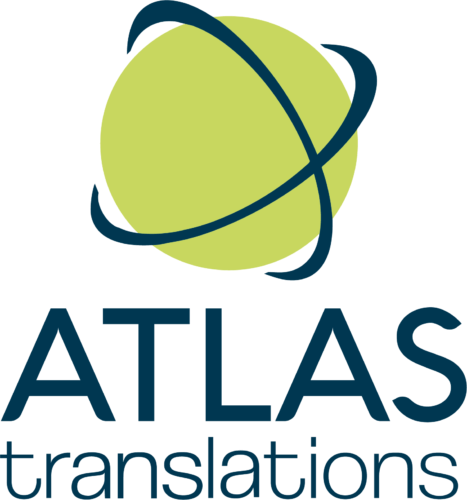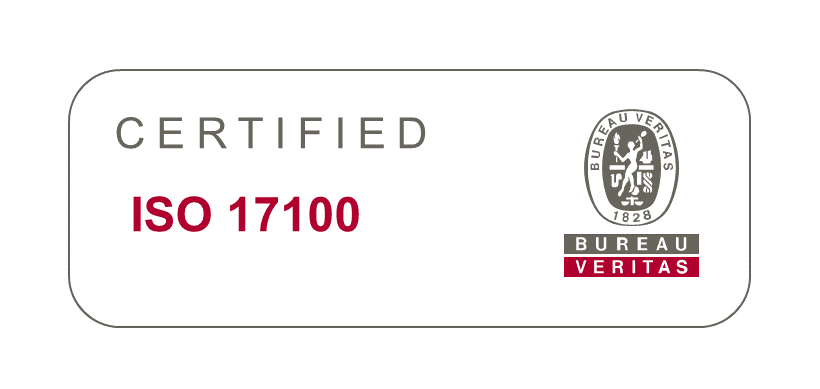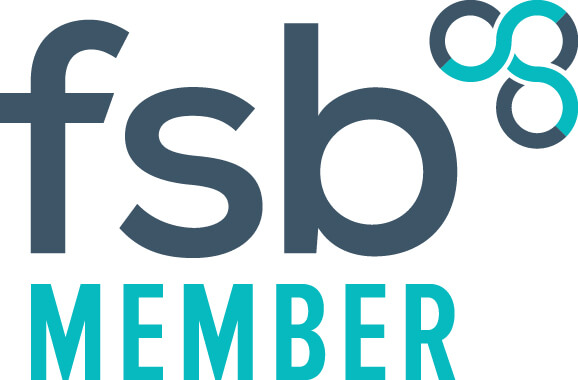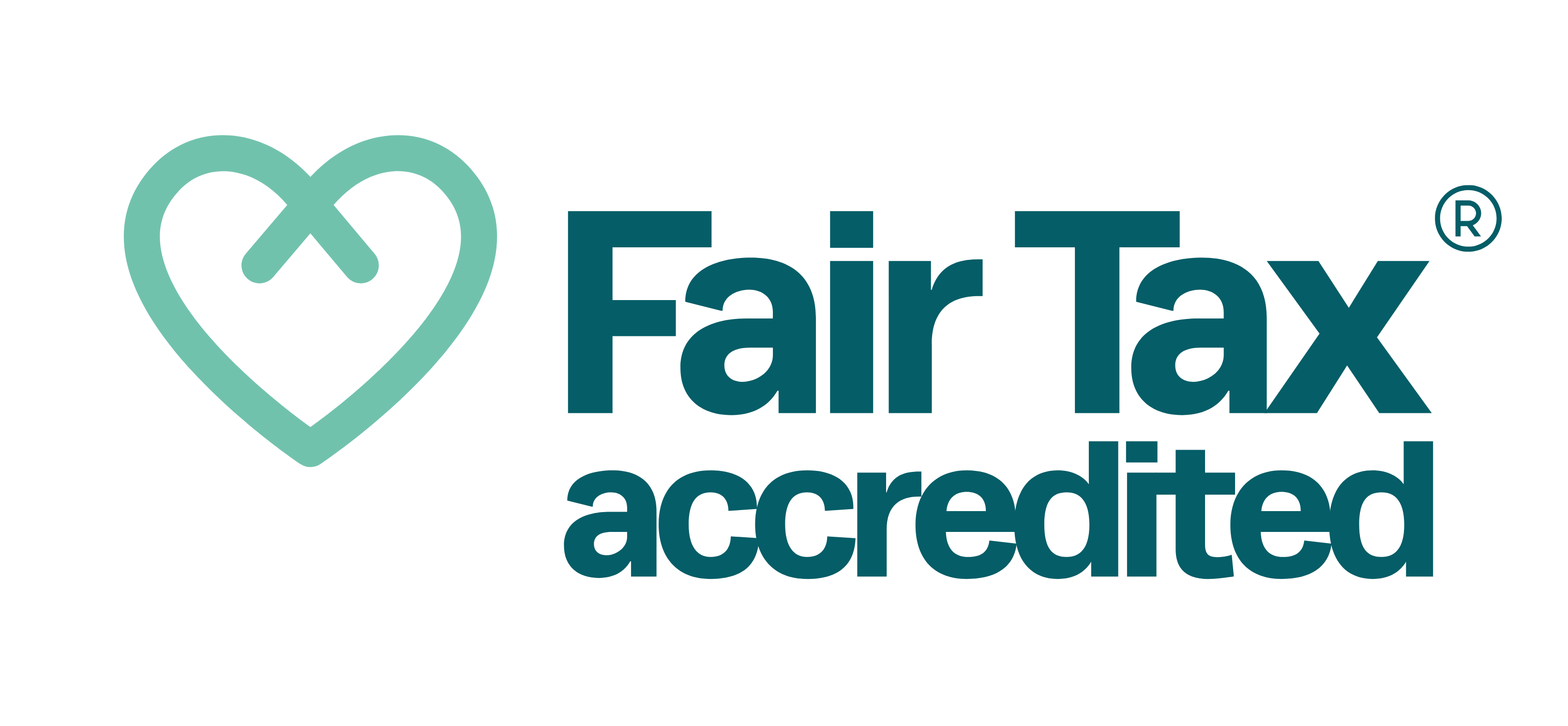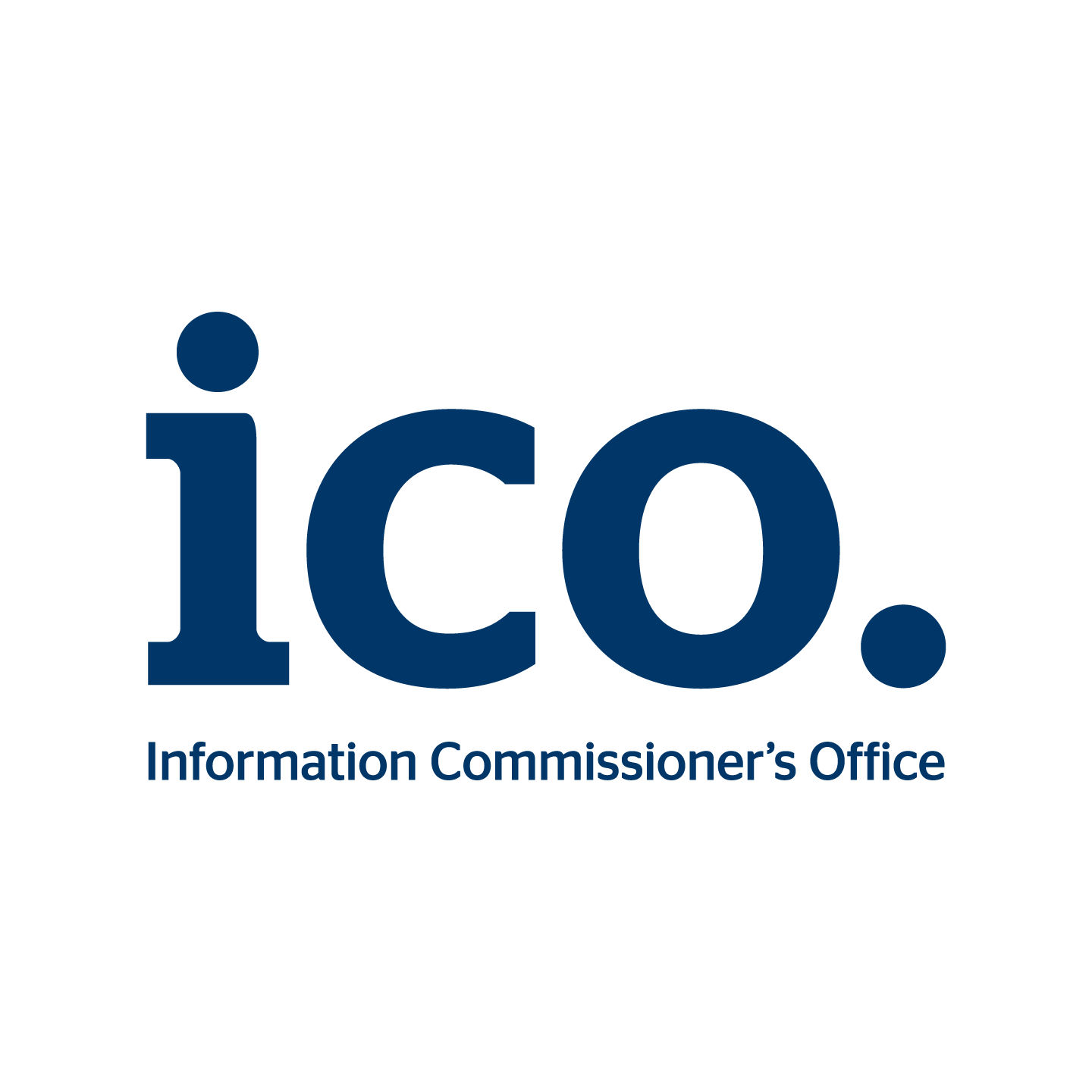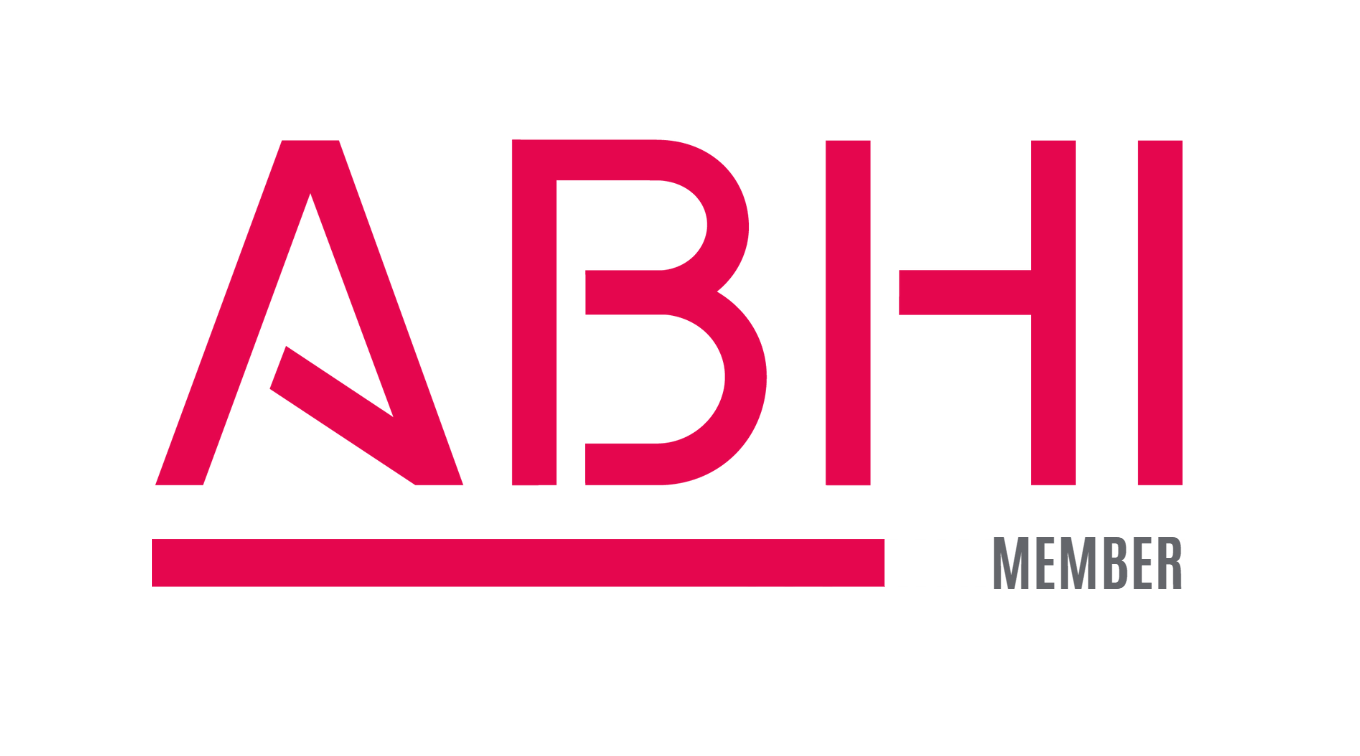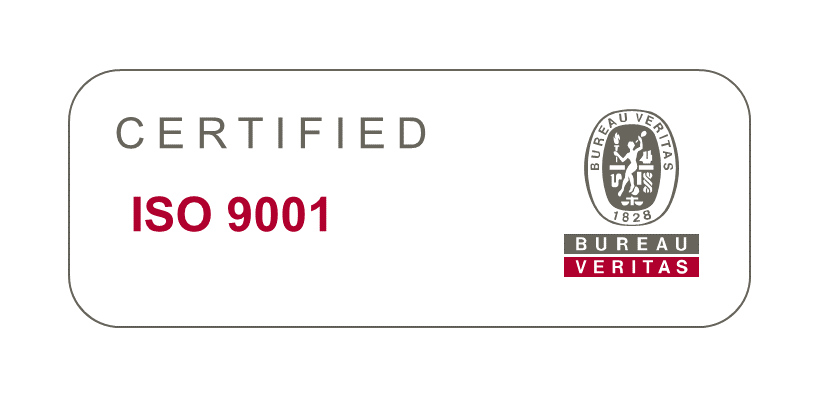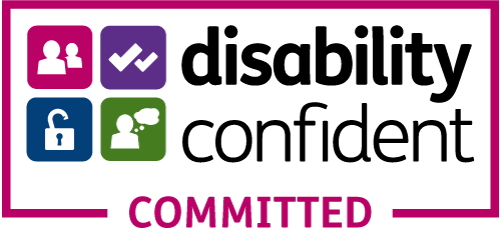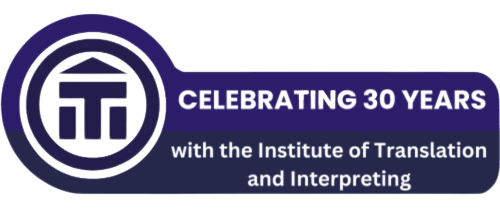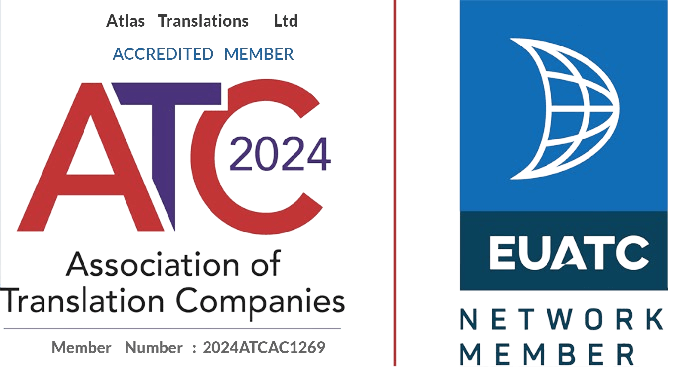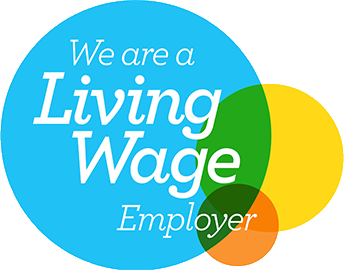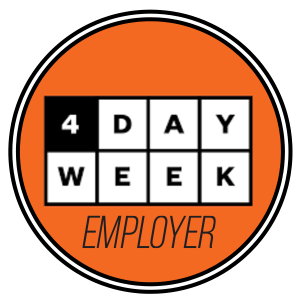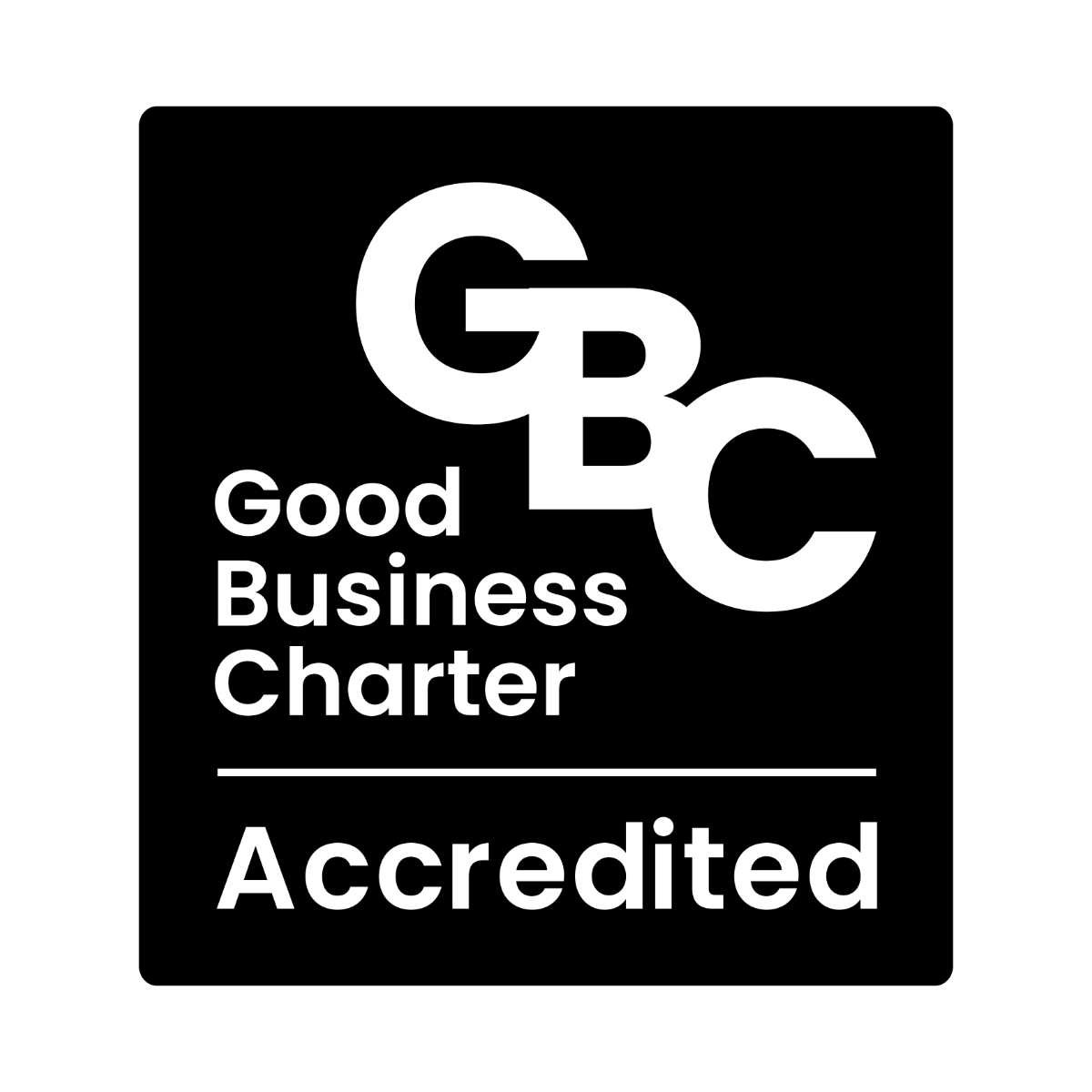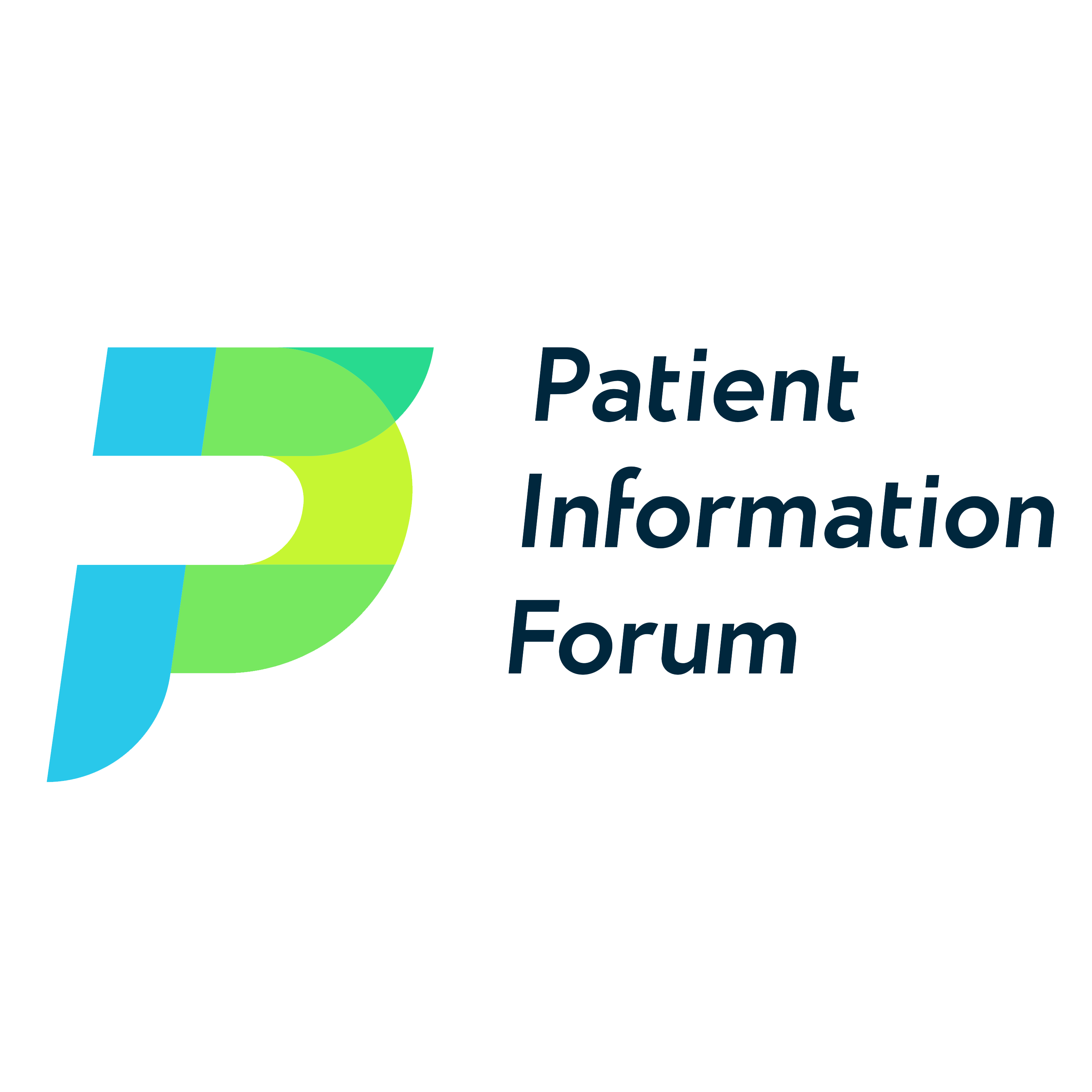A Proofreader’s Top 10 Steps to Flawless Translated Content

Translation consists of several moving parts, but it’s more than just swapping words between languages—it’s about being clear, accurate and culturally en pointe. Even the best translators need a sharp-eyed proofreader to catch inconsistencies, awkward phrasing, and those sneaky errors that slip through the cracks. If you’re the final set of eyes on any translated content, our latest blog post, “A Proofreader’s Top 10 Steps to Flawless Translated Content”, should be of interest!
We’re going to take a moment to point out that we realise this list is not all-encompassing. We know there is much more to proofreading than these 10 steps. But by following these steps and using your expertise, we are confident you will achieve flawless content.
1. Compare the Source and Target Texts
Don’t just skim—read with intent. Make sure the meaning, tone, and nuances are preserved between the source and target languages. Check that directions, expressions, and specific terms have been adapted appropriately.
Example: If an instruction manual says, “Press the red button once to reset,” but the translation directs the user to press it twice, there could be a completely (potentially dangerous) different outcome.
2. Check for Terminology Consistency
Brand names, product descriptions, and industry-specific jargon should remain uniform throughout. Is the translation aligned with the client’s preferred terminology and glossaries? If multiple translators worked on the document, does the wording remain consistent?
Example: A SaaS company calling its primary service product “Cloud Sync” in one section shouldn’t suddenly have it referred to as “Sync Cloud” elsewhere.
3. Use Proper Grammar and Syntax
Fluency matters. Read aloud—does the sentence structure sound natural in the target language? Are there any odd word choices, awkward phrasing, or grammar missteps that disrupt readability?
Example: “The manager asked if the report was finished by Friday” sounds natural and has the proper syntax, but “The manager asked if finished by Friday the report was” does not. Although Yoda might approve.
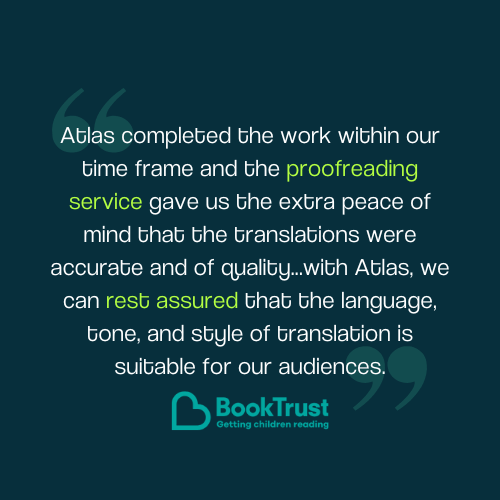
4. Verify Formatting and Punctuation
The fourth step on our proofreader’s top 10 steps is one of our favourites: punctuation! A misplaced comma or incorrect number format can change the meaning of a sentence. Double-check:
- Punctuation marks
- Different quotation or decimal systems
- Number formatting
- Commas vs. full stops in numerical values
- Capitalisation
- This will vary greatly across languages
Example: “Let’s eat, Grandma!” or “Let’s eat Grandma!”—punctuation makes a life-or-death difference.
We won’t bring the Oxford comma into this, although to use it is obviously the right choice 👀
5. Look for Cultural and Contextual Accuracy
Beyond grammar and structure, is the translation culturally appropriate? Are idioms, metaphors, and references adapted correctly? A joke that lands nicely in one culture might fall flat or offend in another.
Example: A recent advert for Nationwide had all the laughs when it sneakily used a joke involving the word “banker” and another word that rhymed with it. In the UK, it was well-received and funny; in another country unfamiliar with the word, it wouldn’t have had the same impact.
Proofreading has been keeping us accountable since printing first began. One of the earliest known instances of proofreading was found in a 1499 contract, where the authors were held responsible for proofing and making corrections.
(Source: www.britannica.com)
6. Proofreading to Assess Readability and Flow
A fantastic translation shouldn’t feel like one—it should read naturally. Does the text feel smooth, engaging, and suited to the target audience? If it sounds stiff or robotic, some adjustments through proofreading might be needed.
Example: “We are in the process of assessing potential options” could be made a little more human with, “We’re looking at our options.”
If keeping the word count down is at the top of the list, then “We’re assessing options” could be a winner. Less is often more.
7. Spot Mistranslations and Omissions
The seventh step on our proofreader’s top 10 steps is details. It’s easy for small yet critical details to be missed. Compare line by line—has every key element of the source text been translated? Are there any incorrect substitutions that could alter the intended message?
Example: If a sign says “Wet Paint,” but the translation reads “Dry Paint,” there will be a communication problem at some point. Probably on someone’s lunch break as they sit on a bench in the park to eat a sandwich.
8. Verify Dates, Measurements, and Currency
These can be the little details that cause big problems if they are wrong. Some things to double-check include:
- Dates
- British vs American formatting is always a tricky one – 12/06/2025 vs 06/12/2025
- Is it British or American? Is it June or December?
- Measurement conversions
- Miles vs. kilometres, pounds vs. kilograms, etc
- The Metric system is widely adopted, but some holdouts continue to use the Imperial system
- Currency symbols and their placement
- The tiny dollar sign can wreak havoc on a document, given the number of countries that use it, so specify which type of dollar is being referenced (American, Canadian, Australian etc.)
- Be sure to check on the placement of the currency symbol—before or after the amount can make all the difference.
Example: A contract stating “Payment of 5,000” without specifying the currency could lead to serious confusion.
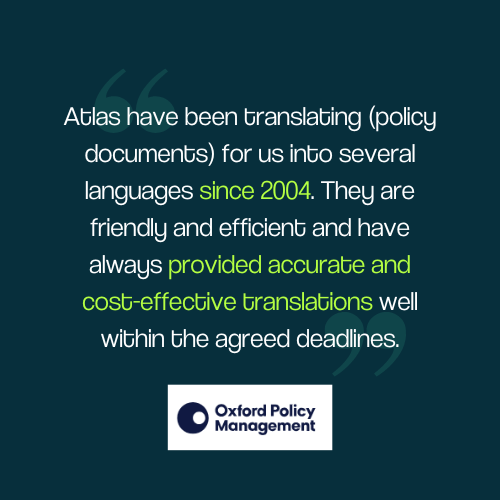
9. Check for Over- or Under-Translation
Sometimes, translations are too literal; other times, they’re overly summarised. Try to make sure the balance is just right—concise but complete, accurate yet natural.
You’re aiming for the Goldilocks of proofreading.
Example: If a product description originally had five bullet points, but the translation has condensed it into two, important details may be missing. This would be a great time to make sure the translation was accurate and that no important information slipped between the cracks.
10. Run a Final Spellcheck—But Don’t Rely on It
The last step on our proofreader’s top 10 steps is spellchceking.
Automated tools are helpful, but they won’t catch everything. A final human review is essential to spot typos, incorrect homophones (e.g., their vs. there), and context-specific errors.
Example: Our last example is the ever-unfortunate “pubic relations.” Spellcheck won’t flag it, but you can bet your bottom $ USD your client will. Save the blushes and make sure it’s “public relations.”
It’s a Wrap!
Put yourself in the shoes of the reader. Would the translated content make sense to them without effort? If something feels off, it probably is.
You do this for a living and are a professional, so trust your instincts! Refine where necessary, and make sure the final version is polished to perfection.
By following this checklist (which we will again point out is not all-encompassing), proofreaders will play a crucial role in making sure translated content is correct, clear, natural, and effective.
Contact Us
We’d love for you to contact Atlas Translations! We’re always here for a chat or to answer questions!
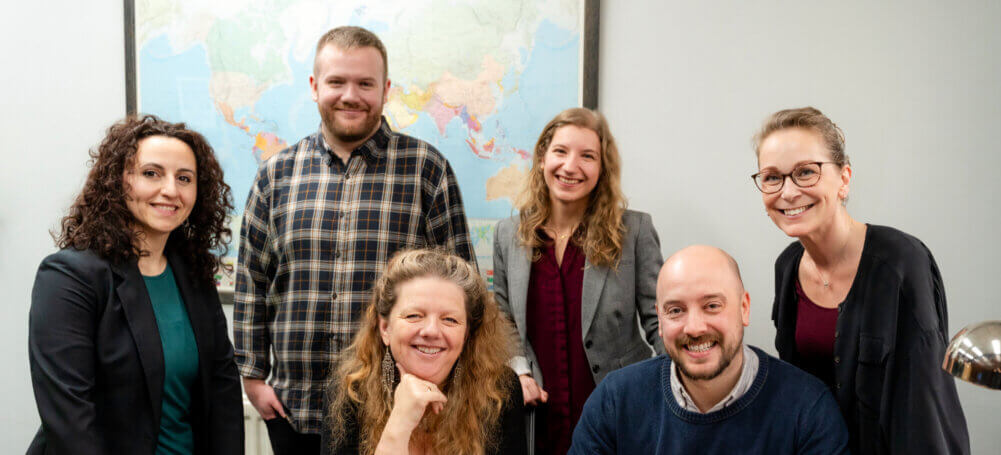
Call us on +44 (0)1727 812 725 or email us at team@atlas-translations.co.uk to let us know what you need. We respond quickly to all enquiries!
If you’d like to meet us face to face, learn more about our translation and language services, or deliver documents, please email or call us ahead of time to arrange a meeting.
Use the Live Chat option during UK working hours to ask us any questions. You’ll chat with a real, live human—we’re a bot-free zone! Just click the little icon at the bottom right of your screen to start chatting with us.
If you need a quick quote, we have a handy Get a quote button located at the top of our website where you can get an estimate for your needs.
Can I Trust Atlas Translations?
Yes, you can! But if you’re after something a little more concrete, here’s some info:
Atlas Translations holds two ISO certifications — ISO 9001:2015 (Quality Management) and ISO 17100:2017 (Translation Services).
If the project is highly confidential, we can sign a non-disclosure agreement (NDA) for added peace of mind.
Are you wondering if we’re up to date on privacy? We registered with the Information Commissioner’s Office (ICO) over 20 years ago and have always placed a high importance on data protection.
You can read more about our commitment to quality here.
Atlas Translations prides itself on providing fast, friendly, high-quality language services. But don’t just take our word for it—see what our clients say about us.
We’re also on TrustPilot, and you can read our reviews here.
Global Voice, Local Touch
If you’re looking for some top tips for partnering with Atlas Translations, we have some top tips to share! We answer 25 of our clients’ most frequently asked questions, ranging from typesetting queries to discussing reference materials.
Click to download Global Voice, Local Touch
